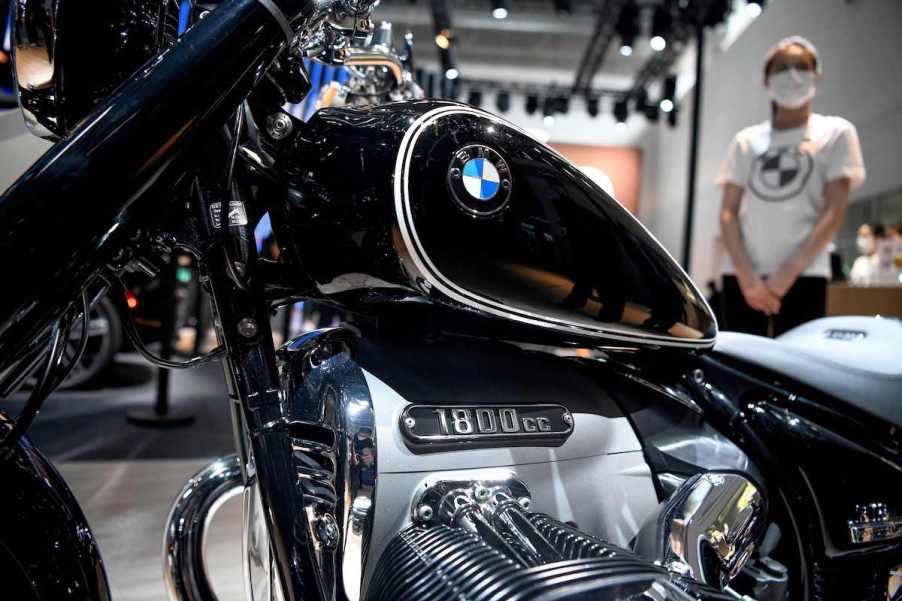
What Does CC Mean in a Motorcycle?
You’ve heard of cc’s in reference to motorcycles and scooters, but what does “cc” really mean? The short answer: It refers to the volume of the engine. Of course, there’s much more to motorcycle engines than that. Weight, horsepower, torque, and power-to-weight ratio are the more important influences on a motorcycle’s performance.
What does ‘cc’ stand for in motorcycles and scooters?

A common misconception is that cc’s equal power. That isn’t completely true. The abbreviation “cc” stands for “cubic centimeters.” This refers to the volume of the motorcycle’s engine. “Cc” is also sometimes erroneously referred to as “cubic capacity” or “cylinder capacity,” but those are incorrect.
Cubic centimeters are the amount of displacement in a motorcycle engine. In a car’s engine, this is measured in liters. For comparison, a 1.4-liter engine equals a 1.4-liter displacement. A 250cc motorcycle equals a 250-cubic centimeter displacement.
Displacement is the amount engine pistons move in a stroke, so “cc” shows the motorcycle cylinder’s volume. More displacement means more space for the engine’s fuel-air mix, so more fuel can be used. So, more displacement can mean more power, speed, and smoothness. A drawback to more cc’s is lower fuel economy. Larger cylinders use up more gas faster.
How many cc’s are in 1 hp?
It’s easy for engine enthusiasts to calculate the horsepower in your motorcycle based on cc’s. You can find out how many cc’s are in 1 hp by dividing or multiplying by 15. Basically, every 15cc equals 1 hp. For example, a 150cc motorcycle engine has 10 hp.
According to CarsGuide, there’s a formula for getting the volume of a cylinder too. You need the diameter, or bore, of the cylinder and the swept volume of the cylinder. The swept volume is the stroke, or how far the piston travels up and down inside the cylinder. Then multiply the bore times the swept volume. Take this figure and multiply it by the number of cylinders, and that is the capacity.
How motorcycle engines work
Like those in most cars and trucks, motorcycle engines are internal combustion engines. The engine first sucks in fuel and air, it ignites the gases under pressure, the air and fuel combust, and the exhaust pushes them out. That process takes place inside the cylinders.
Cylinders with a larger volume, or higher cc’s, allow more air and fuel into the cylinders at once. This means more power can be generated. Motorcycles are categorized into classes based on cc’s. A lightweight bike is 50cc to 350cc, a middleweight bike is 400cc to 950cc, and a heavyweight motorcycle is 1000cc to 6500cc, according to Power Sports Guide.
Other performance factors in motorcycles
When choosing a motorcycle, cc’s aren’t the only thing to consider. Horsepower, torque, and the motorcycle’s weight will determine performance. The heavier the bike, the stronger the engine must be to power it. The interaction between displacement and weight creates the horsepower and torque ratings.
Overall, the more horsepower, the better the acceleration. However, two motorcycles with the same horsepower rating and different weights will accelerate differently — the lighter bike will go faster. Torque, which measures twisting force, also comes into play. The more torque, the more strength the motorcycle will have for acceleration.
High-performance bikes are tuned so that horsepower and torque work in tandem. While cc’s in a motorcycle are important, they aren’t the only thing determining its performance. The number of cubic centimeters simply refers to the bike’s displacement capacity.


